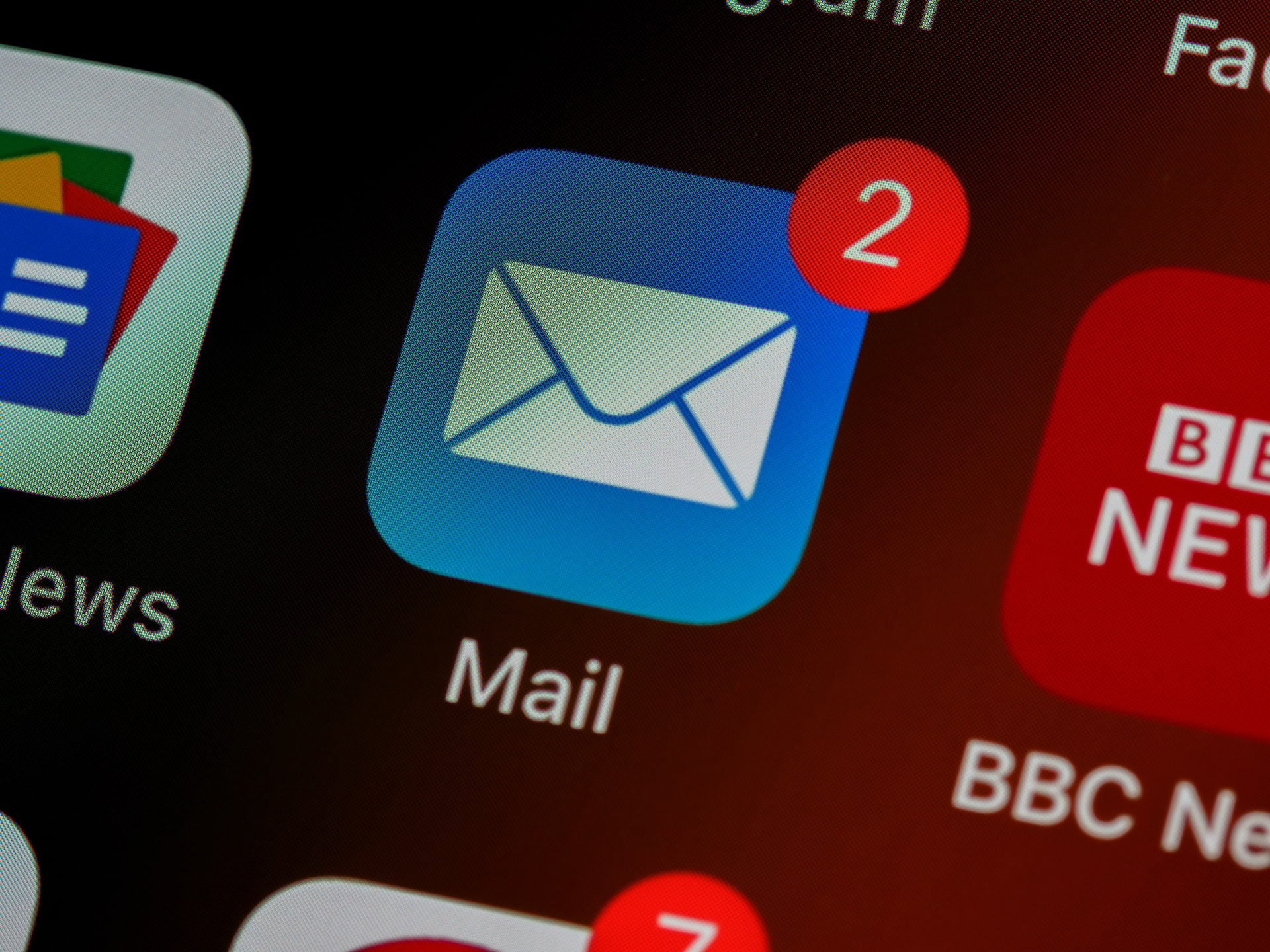Mastering Email Marketing: Best Practices, Examples, and Tools for Success

Email Marketing is the process of using email to send targeted messages to potential and current customers. Email Marketing can be an effective way for businesses to reach and engage with their audience, as it allows them to deliver personalized and relevant content directly to the inbox of their target audience.
Introduction to Email Marketing
1. Definition
Email Marketing is the process of using email to promote products or services, or to build relationships with potential and current customers.
2. Importance
Email Marketing is an important part of a comprehensive marketing strategy, as it allows businesses to reach and engage with their target audience directly, and to deliver personalized and relevant content.
Benefits of Email Marketing
1. Increased brand awareness and loyalty
By consistently sending high-quality, relevant, and engaging emails to subscribers, businesses can increase brand awareness and build loyalty with their audience.
2. Cost-effective
Email Marketing can be a cost-effective way to reach a large audience, as it is relatively inexpensive to send emails compared to other forms of marketing.
3. Measurable
Email Marketing allows businesses to track and measure the effectiveness of their campaigns, which can help them to optimize their efforts and improve results over time.
4. Targeted and personalized
Email Marketing allows businesses to segment their audience and send targeted and personalized emails, which can increase the relevance and effectiveness of the messages.
5. High return on investment
Email Marketing has the potential to generate a high return on investment, as it can drive website traffic, lead generation, and sales.
The Process of Email Marketing
1. Identifying the Target Audience
The first step in the Email Marketing process is to identify the target audience. This involves understanding the demographics, interests, and needs of the audience, as well as their email habits and preferences.
2. Setting Goals and Objectives
Once the target audience has been identified, the next step is to set clear goals and objectives for the Email Marketing efforts. This could include increasing website traffic, generating leads, or improving brand awareness. Setting specific, measurable, achievable, relevant, and time-bound (SMART) goals will help to ensure that the Email Marketing efforts are focused and effective.
3. Developing an Email Marketing Plan
After the goals and objectives have been set, the next step is to develop an Email Marketing plan that outlines the types of emails that will be sent, the frequency of sending, and the resources that will be needed. The plan should also include a timeline for creating and sending emails.
4. Building an Email List
To send Email Marketing campaigns, businesses need to have an email list of subscribers. This can be done through tactics such as offering opt-in forms on the website, using social media to promote email sign-ups, and offering incentives for signing up.
5. Creating and Designing Emails
The next step is to create and design the emails. This involves writing the content, incorporating any relevant graphics or multimedia elements, and ensuring that the email is visually appealing and easy to read.
6. Sending and Tracking Emails
Once the emails have been created, the next step is to send them out to the email list. It is important to use an Email Marketing platform that allows businesses to track the performance of the emails, including the open and click-through rates.
7. Analyzing and Measuring Results
The final step in the Email Marketing process is to analyze and measure the results of the efforts.
Types of Emails
1. Newsletters
Newsletters are emails that are sent on a regular basis, such as weekly or monthly, and contain a variety of content, such as industry news, company updates, and promotional offers. Newsletters can be a useful way to keep subscribers informed and engaged with the brand.
2. Promotional Emails
Promotional emails are emails that are designed to promote a specific product or service or to encourage a specific action, such as making a purchase or signing up for a newsletter. These emails should be targeted and personalized to the interests of the recipient.
3. Transactional Emails:
Transactional emails are emails that are sent in response to a specific action, such as a purchase or registration. These emails could include receipts, order confirmation emails, or password reset emails.
4. Abandoned Cart Emails
Abandoned cart emails are emails that are sent to customers who have added items to their online shopping cart but have not completed the purchase. These emails are designed to remind the customer of the items in their cart and encourage them to complete the purchase.
Best Practices For Email Marketing
1. Follow Email Marketing Laws
It is important for businesses to follow Email Marketing laws, such as the CAN-SPAM Act in the United States, which sets rules for commercial emails, including requiring that they be labeled as advertisements and include opt-out instructions.
2. Use an Email Marketing Platform
To effectively manage and track Email Marketing efforts, it is important to use a reliable Email Marketing platform. Some popular options include Mailchimp, Constant Contact, and HubSpot.
3. Segment the Email List
To increase the relevance and effectiveness of email campaigns, it is important to segment the email list based on factors such as demographics, interests, and behavior. This allows businesses to send targeted and personalized emails to different groups of subscribers.
4. Optimize for Mobile
With the majority of emails being opened on mobile devices, it is important to optimize emails for mobile viewing. This includes using a responsive design and keeping the email content concise and easy to read on a small screen.
5. Test and Optimize
To ensure the best possible results from Email Marketing campaigns, it is important to test and optimize
6. Personalize the Subject Line
The subject line is the first thing that recipients see when they receive an email, and it can be a key factor in whether they open the email or not. To increase the chances of the email being opened, it is important to personalize the subject line and make it relevant and compelling to the recipient.
7. Use a Clear and Compelling Call-To-Action
The call-to-action (CTA) is the part of the email that tells the recipient what action to take next, such as visiting a website or making a purchase. It is important to use a clear and compelling CTA that encourages the recipient to take the desired action.
8. Use Consistent Branding and Design
To establish and maintain a professional image, it is important to use consistent branding and design in Email Marketing efforts. This includes using the same logo, colors, and font styles in all emails.
9. Monitor and Respond to Customer Feedback
It is important for businesses to monitor and respond to customer feedback from Email Marketing campaigns. This includes tracking the open and click-through rates, as well as any comments or replies from recipients.
10. Stay Up to Date With the Latest Trends and Best Practices
The Email Marketing landscape is constantly evolving, with new trends and best practices emerging all the time. It is important for businesses to stay up to date with the latest developments in order to effectively reach and engage with their audience.
Tools and Resources for Email Marketing
1. Email Marketing Platforms
As mentioned earlier, there are a variety of Email Marketing platforms that businesses can use to manage and track their Email Marketing efforts. Some popular options include Mailchimp, Constant Contact, and HubSpot.
2. Email Marketing Templates
Many Email Marketing platforms offer a range of email templates that businesses can use to create visually appealing content.
Additional examples of successful Email Marketing campaigns:
1. Airbnb’s Welcome Email Series
Airbnb’s welcome email series is a great example of personalized and targeted Email Marketing. The series, which is sent to new users who have signed up for the platform, consists of a series of emails that introduce the user to the platform and provide them with helpful tips and resources. The emails are personalized based on the user’s location and interests and contain beautiful and engaging visuals.
2. Starbucks’ Loyalty Program Emails
Starbucks’ loyalty program emails are a great example of how to use Email Marketing to drive customer loyalty and sales. The emails, which are sent to members of the loyalty program, contain personalized offers and promotions, as well as updates on the user’s rewards status. The emails are visually appealing and contain clear calls to action, which encourages users to take advantage of the offers and visit Starbucks stores.
3. Zara’s Abandoned Cart Emails
Zara’s abandoned cart emails are a great example of how to use Email Marketing to recover lost sales. The emails, which are sent to customers who have added items to their online shopping cart but have not completed the purchase, contain visually appealing product images and clear calls to action. The emails also include a countdown timer to create a sense of urgency and encourage the customer to complete the purchase.
Conclusion
In conclusion, Email Marketing is a powerful tool for businesses looking to reach and engage with their target audience. By creating and sending targeted and personalized emails, businesses can increase brand awareness, drive website traffic and sales, and build loyalty with their customers.
To achieve success with Email Marketing, businesses should identify the target audience, set clear goals and objectives, develop an Email Marketing plan, build an email list, and continuous efforts.









